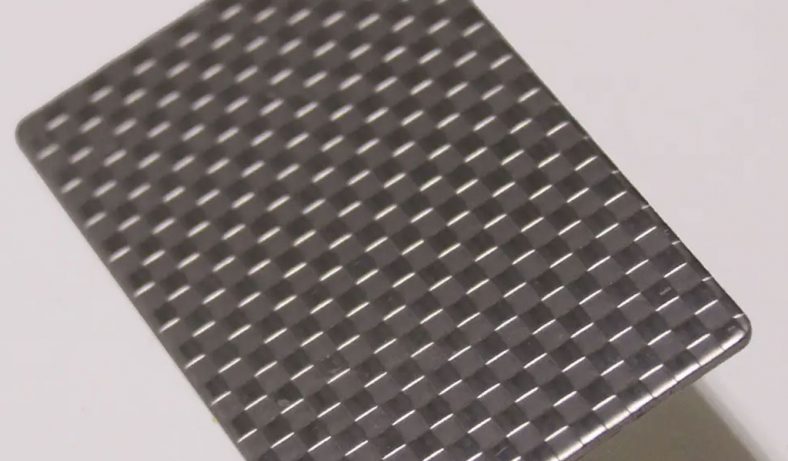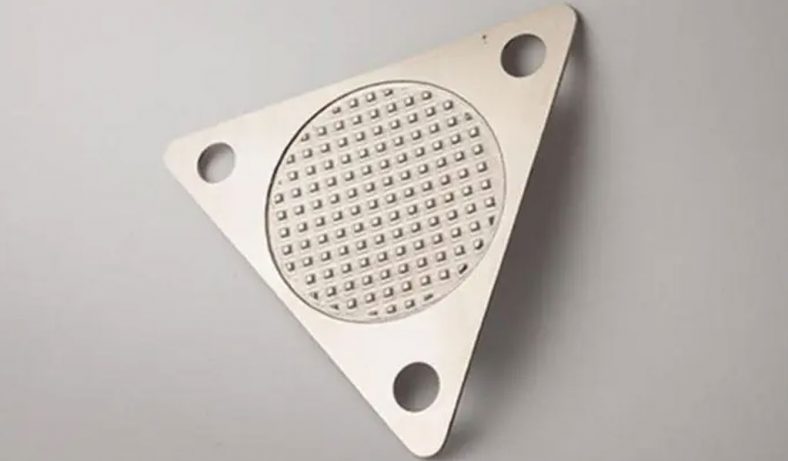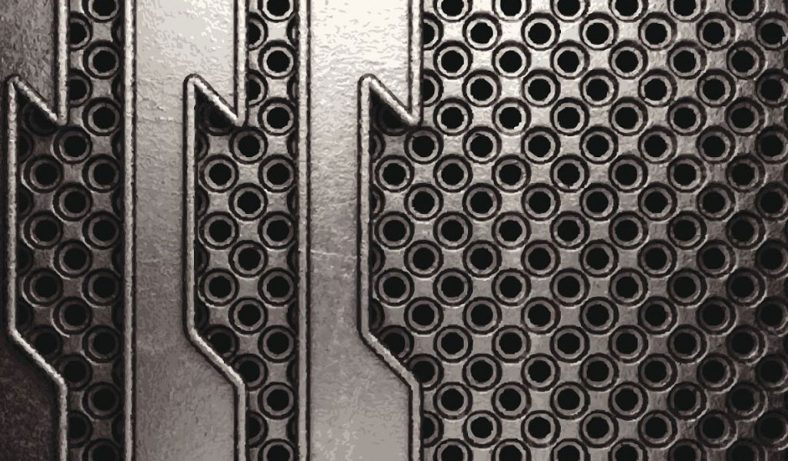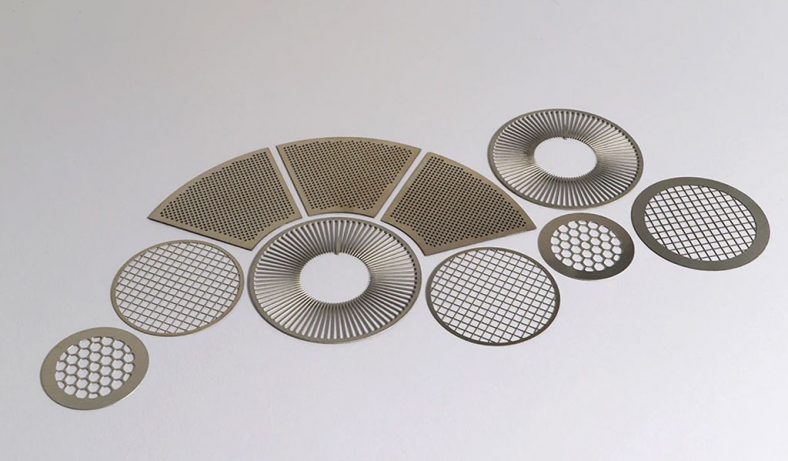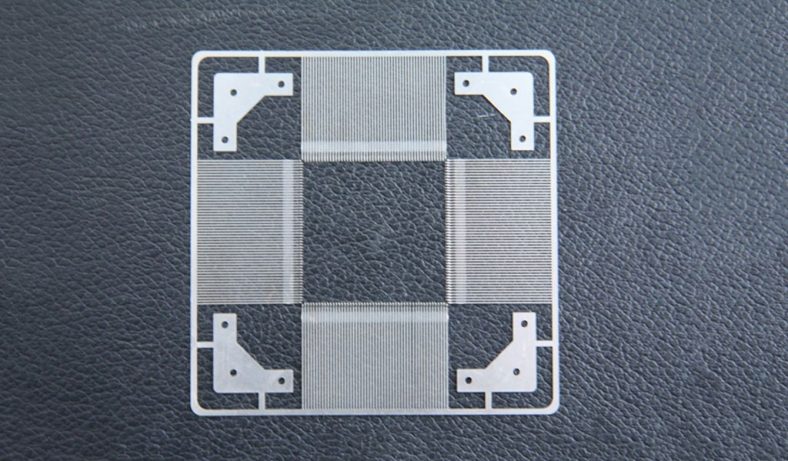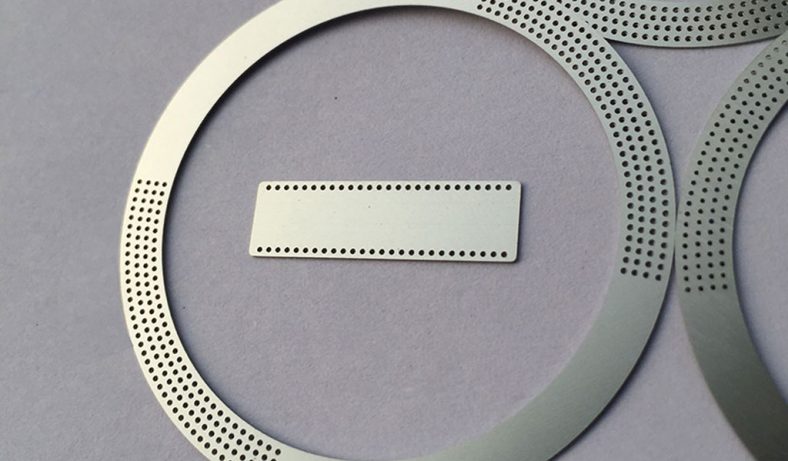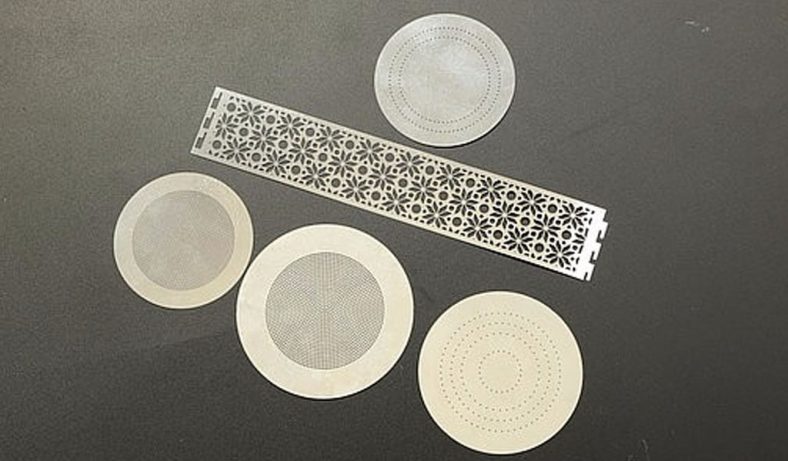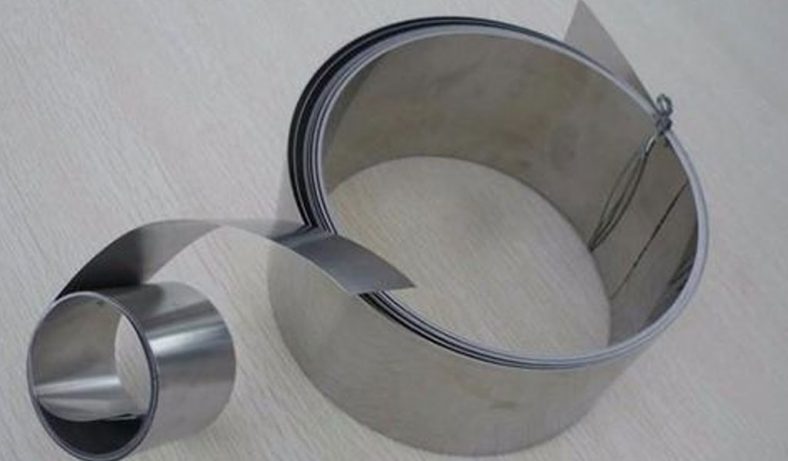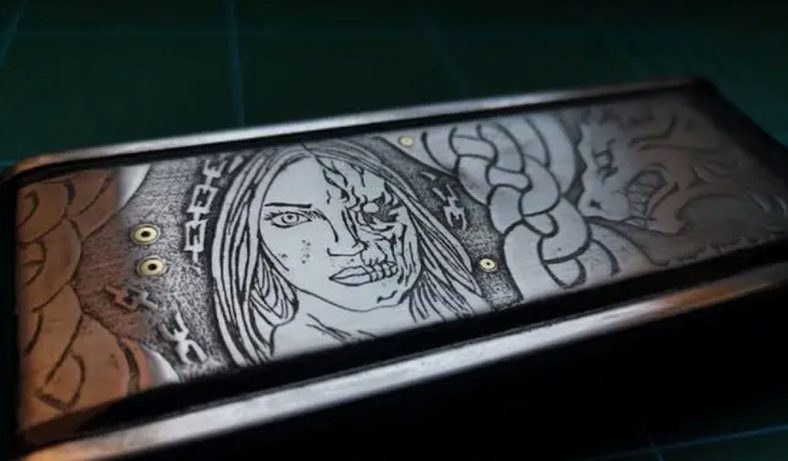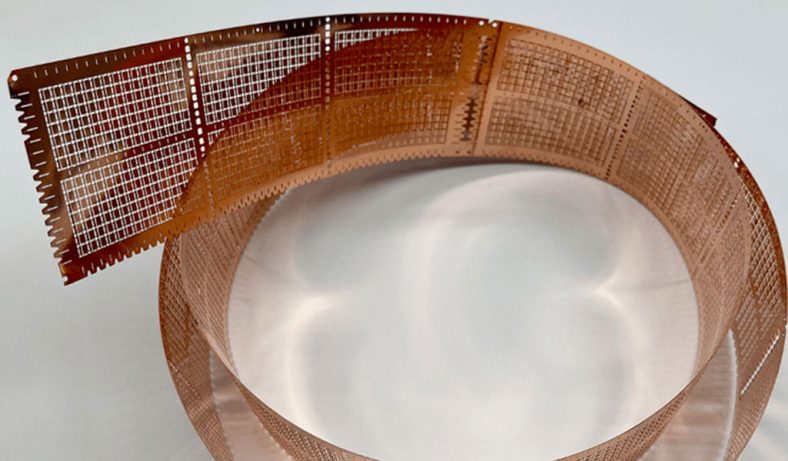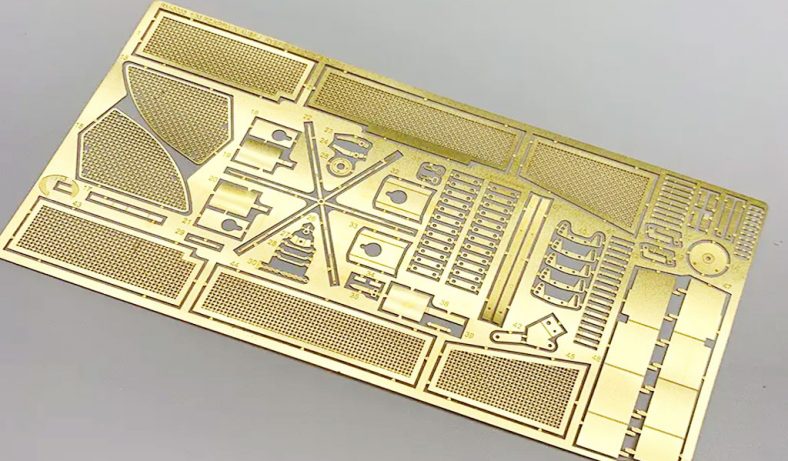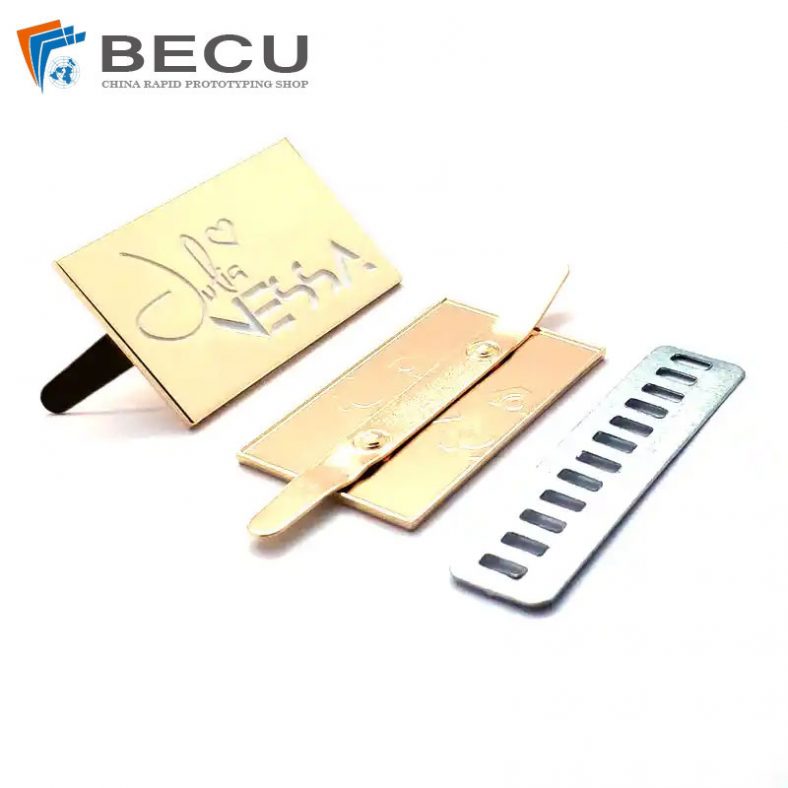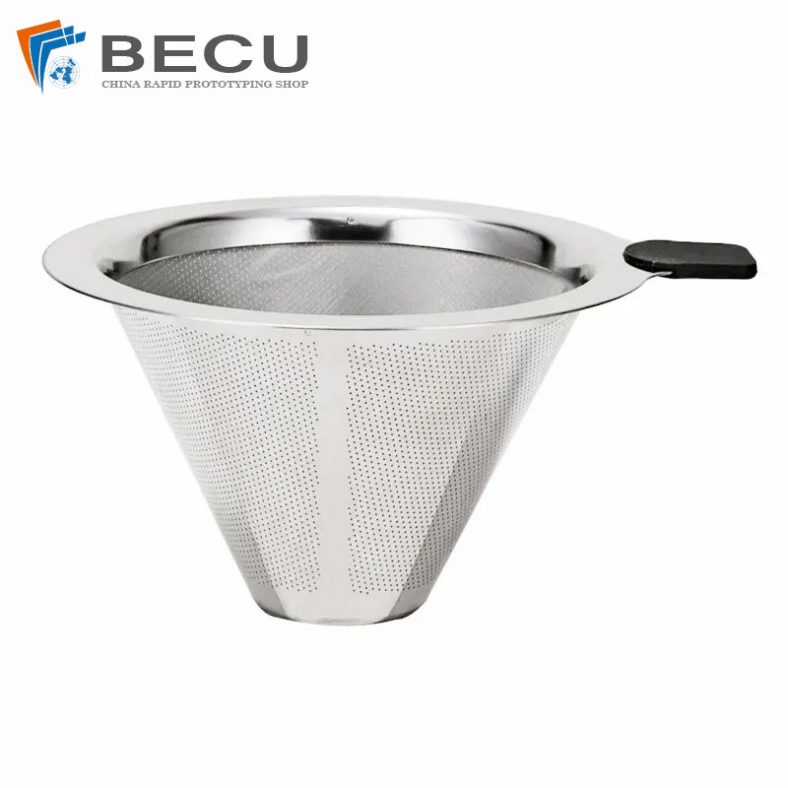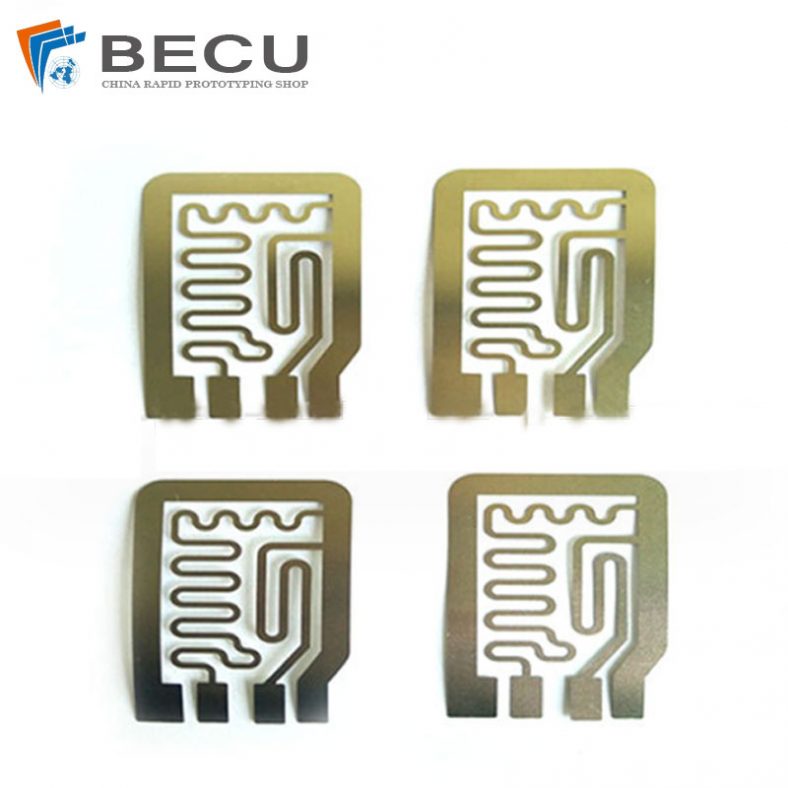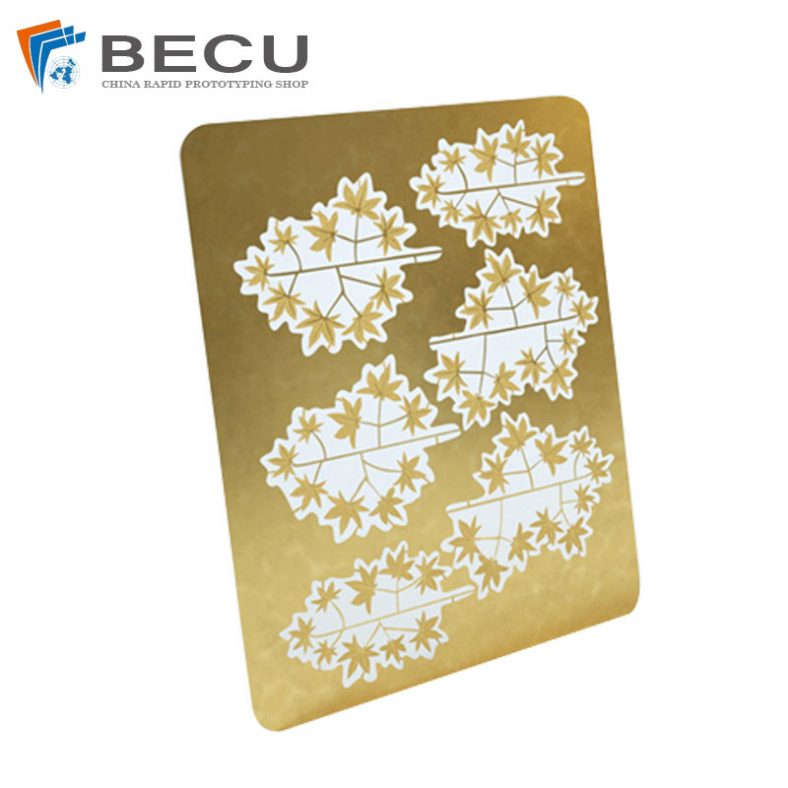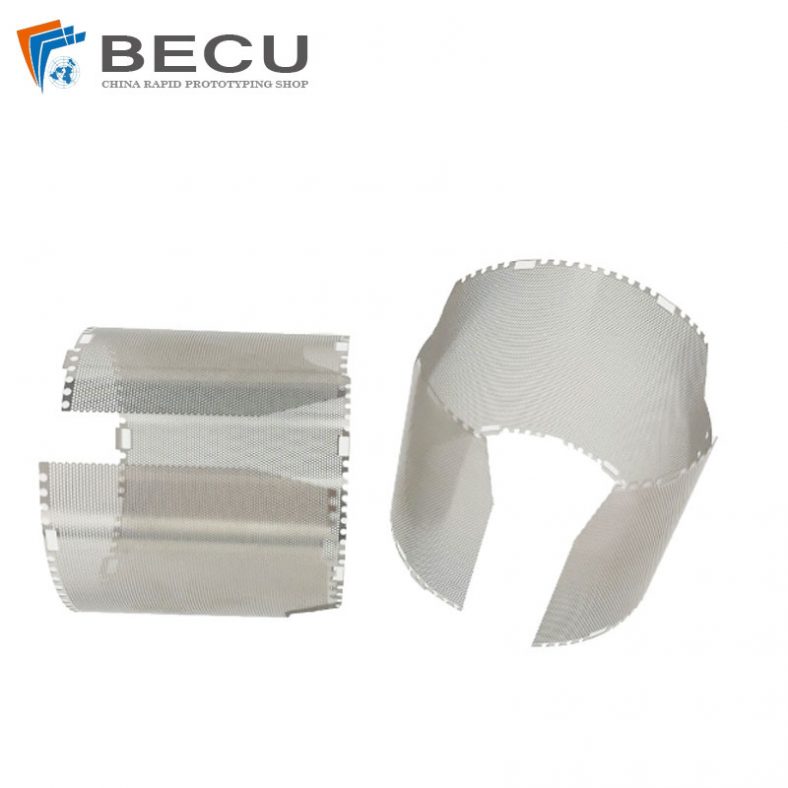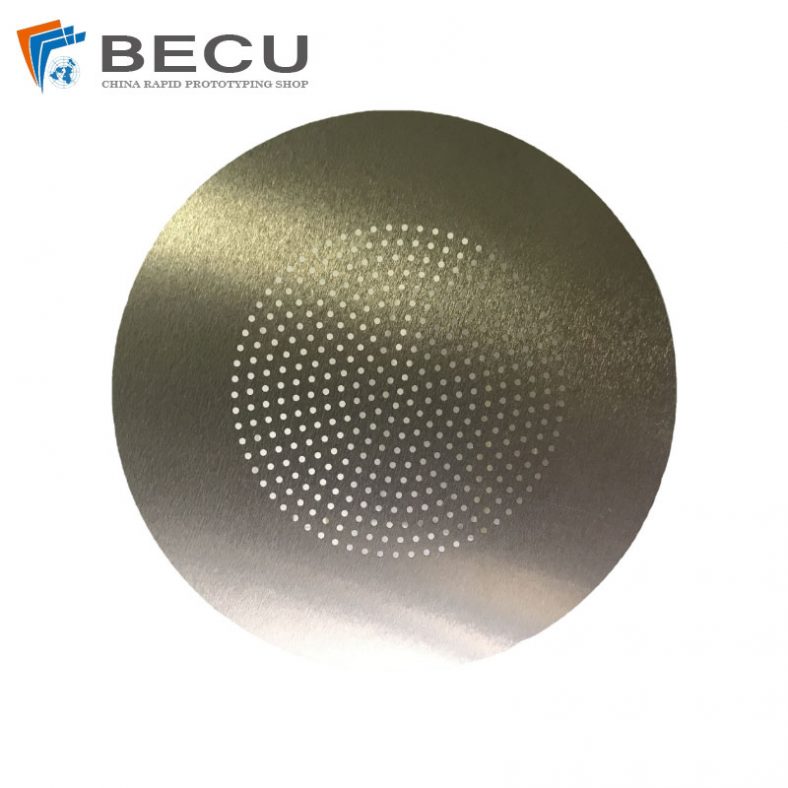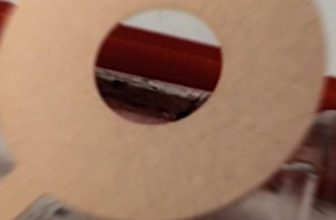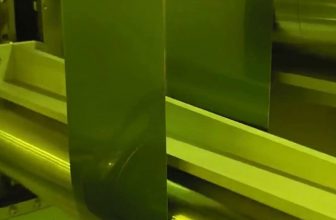Metal etching is a precise and versatile manufacturing technique used across industries to create intricate patterns, designs, and functional features on metal surfaces. When applied in the context of anti-theft mechanisms, metal etching becomes a powerful tool to deter theft, enhance security, and provide traceability. This article delves into the details of the metal etching process, its applications for anti-theft purposes, and the benefits it brings to various sectors, including automotive, electronics, and manufacturing.

Overview of Metal Etching
Metal etching, also known as chemical etching or photochemical machining, is a subtractive manufacturing process that removes material from metal surfaces using chemical solutions.
The process is highly controlled and enables the creation of intricate designs, including logos, serial numbers, and security features, without compromising the integrity of the metal.
The process typically involves coating the metal with a resist material, exposing it to a pattern or design using UV light, and then immersing it in an etching solution. The exposed areas of the metal are dissolved by the chemical solution, leaving behind the desired pattern or features. Metals commonly used in etching include stainless steel, aluminum, copper, brass, and nickel alloys.
Importance of Metal Etching in Anti-Theft Applications
Metal etching is widely employed in anti-theft applications due to its ability to produce highly detailed and durable markings. These markings are challenging to alter or remove, making them effective tools for deterring theft and enhancing product traceability. The following are some of the key reasons why metal etching is a preferred solution for anti-theft purposes:
- Durability: Etched markings are resistant to wear, corrosion, and environmental conditions, ensuring that they remain legible over time.
- Customization: The process allows for the creation of unique identifiers, such as serial numbers, QR codes, or branding elements, tailored to specific security needs.
- Tamper Resistance: Altering or removing etched markings is difficult, making it harder for thieves to disguise stolen items.
- Traceability: Etched identifiers enable tracking of stolen goods, aiding law enforcement and recovery efforts.
Applications of Metal Etching for Anti-Theft
Metal etching for anti-theft purposes finds applications in various industries. Each sector utilizes the process to address specific security concerns, improve accountability, and reduce losses due to theft.
1. Automotive Industry
The automotive industry is one of the largest adopters of metal etching for anti-theft purposes. Etched markings on vehicle components serve multiple functions:
- VIN Etching: Vehicle Identification Numbers (VINs) are etched onto windshields, windows, and other parts of a vehicle. This practice discourages theft as removing these identifiers is labor-intensive and risks damaging the vehicle.
- Component Marking: Critical parts such as engines, transmissions, and catalytic converters are etched with serial numbers or barcodes. This facilitates identification and recovery of stolen parts.
- Branding and Logos: Automakers use etching to brand parts, ensuring authenticity and discouraging the circulation of counterfeit components.
2. Consumer Electronics
In the electronics industry, etching is employed to enhance security and deter theft of high-value devices such as laptops, smartphones, and tablets. Key applications include:
- Serial Number Marking: Unique serial numbers are etched onto device casings or internal components, aiding in tracking and identification.
- Anti-Counterfeiting Measures: Micro-etched patterns, holograms, or logos are applied to prevent counterfeiting and ensure product authenticity.
- Tamper Evident Features: Etched tamper-evident seals or warnings discourage unauthorized access to device internals.
3. Industrial Equipment and Tools
Metal etching plays a vital role in securing industrial equipment and tools from theft. Applications include:
- Tool Identification: Etched identifiers, such as company names or logos, make it easy to trace stolen tools back to their owners.
- Anti-Counterfeit Markings: Precision etching helps verify the authenticity of high-value machinery and equipment.
- Barcode Integration: Etched barcodes or QR codes allow for easy inventory management and theft prevention.
4. Aerospace and Defense
In aerospace and defense, where the stakes of theft and counterfeiting are high, metal etching provides robust security solutions:
- Part Traceability: Critical components are etched with serial numbers and batch information, ensuring traceability throughout the supply chain.
- Authentication Features: Secure etching techniques produce micro-texts or patterns that are difficult to replicate, preventing unauthorized duplication.
- Regulatory Compliance: Etched identifiers help meet stringent regulatory requirements for safety and security.
5. Retail and Jewelry
Retail and jewelry sectors benefit from metal etching by safeguarding high-value items:
- Engraved Security Markings: Jewelry and luxury goods are etched with unique identifiers or branding to deter theft and assist in recovery.
- Inventory Management: Etched codes or numbers simplify tracking and inventory control, reducing shrinkage.
Process of Metal Etching for Anti-Theft Applications
The metal etching process for anti-theft purposes involves several key steps to ensure precision and durability:
- Design Creation: The desired pattern or identifier is designed using computer-aided design (CAD) software. This design may include serial numbers, logos, or security features.
- Resist Application: A photoresist material is applied to the metal surface. This resist acts as a protective layer, exposing only the areas to be etched.
- Exposure and Development: The metal is exposed to UV light through a photomask, transferring the design onto the resist. The exposed areas are then developed, revealing the metal beneath.
- Etching: The metal is immersed in an etching solution, which dissolves the exposed areas to create the desired pattern or marking.
- Resist Removal: After etching, the remaining resist is removed, leaving the final etched design on the metal surface.
- Inspection and Quality Control: The etched markings undergo inspection to ensure accuracy, legibility, and adherence to specifications.
Materials Used in Anti-Theft Etching
The choice of material for anti-theft etching depends on the application and environmental conditions. Common materials include:
- Stainless Steel: Highly durable and corrosion-resistant, ideal for automotive and industrial applications.
- Aluminum: Lightweight and versatile, used in electronics and consumer goods.
- Copper and Brass: Preferred for decorative and jewelry applications due to their aesthetic appeal.
- Nickel Alloys: Suitable for aerospace and defense applications where high performance is critical.
Advantages of Metal Etching for Anti-Theft
Metal etching offers numerous advantages for anti-theft purposes:
- Precision: The process produces intricate and highly detailed markings, ensuring clarity and legibility.
- Scalability: Etching is suitable for both small-scale and high-volume production, making it cost-effective for various applications.
- Versatility: The technique accommodates a wide range of metals and designs, from simple logos to complex micro-patterns.
- Non-Intrusiveness: Unlike engraving, etching does not involve mechanical stress, preserving the integrity of the metal.
Challenges and Considerations
While metal etching is highly effective for anti-theft applications, it does come with certain challenges:
- Environmental Impact: The use of chemical solutions requires proper disposal and environmental compliance.
- Cost: Initial setup costs for photomasks and equipment can be high, especially for small-scale operations.
- Material Limitations: Some metals may be incompatible with certain etching solutions, requiring alternative approaches.
Conclusion
The metal etching process is an invaluable tool for anti-theft applications, offering durability, precision, and versatility. Its widespread use across industries demonstrates its effectiveness in deterring theft, enhancing security, and ensuring traceability. As technology advances, the integration of metal etching with other security measures, such as RFID tags or blockchain-based tracking, will further solidify its role in safeguarding valuable assets.

